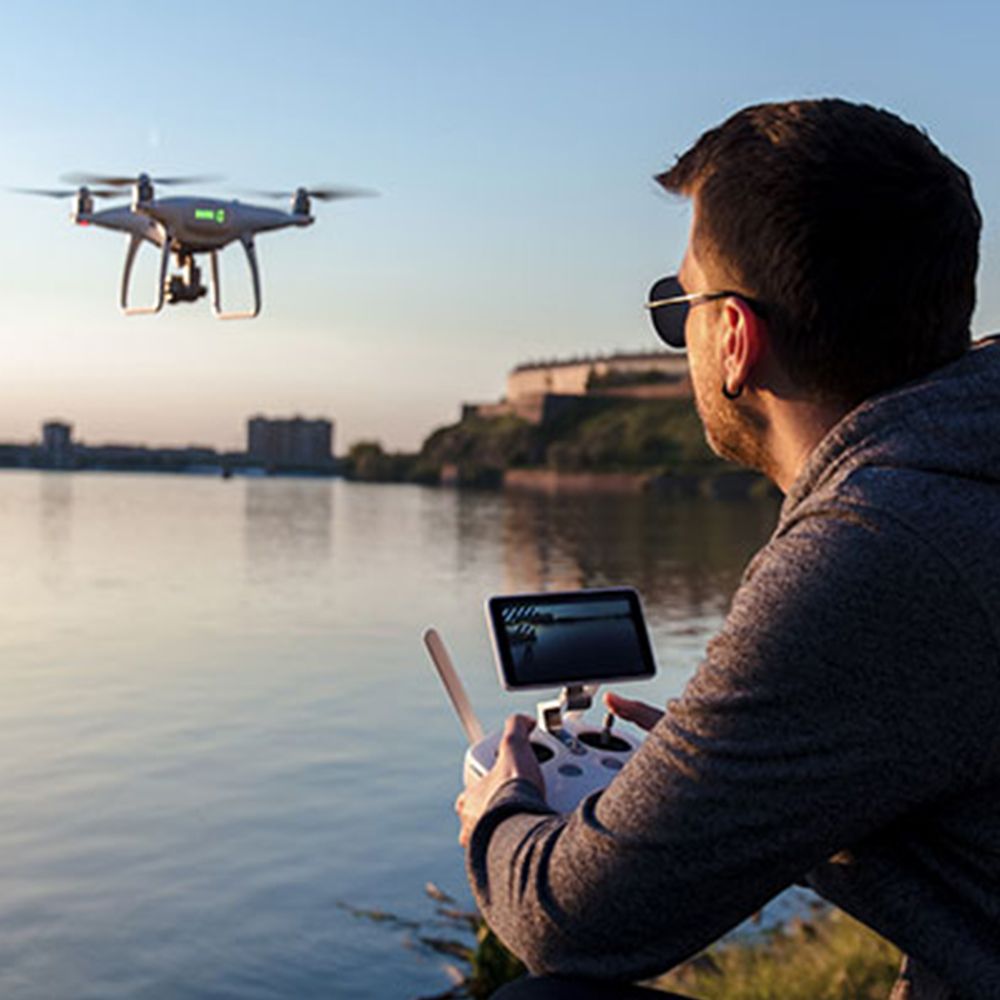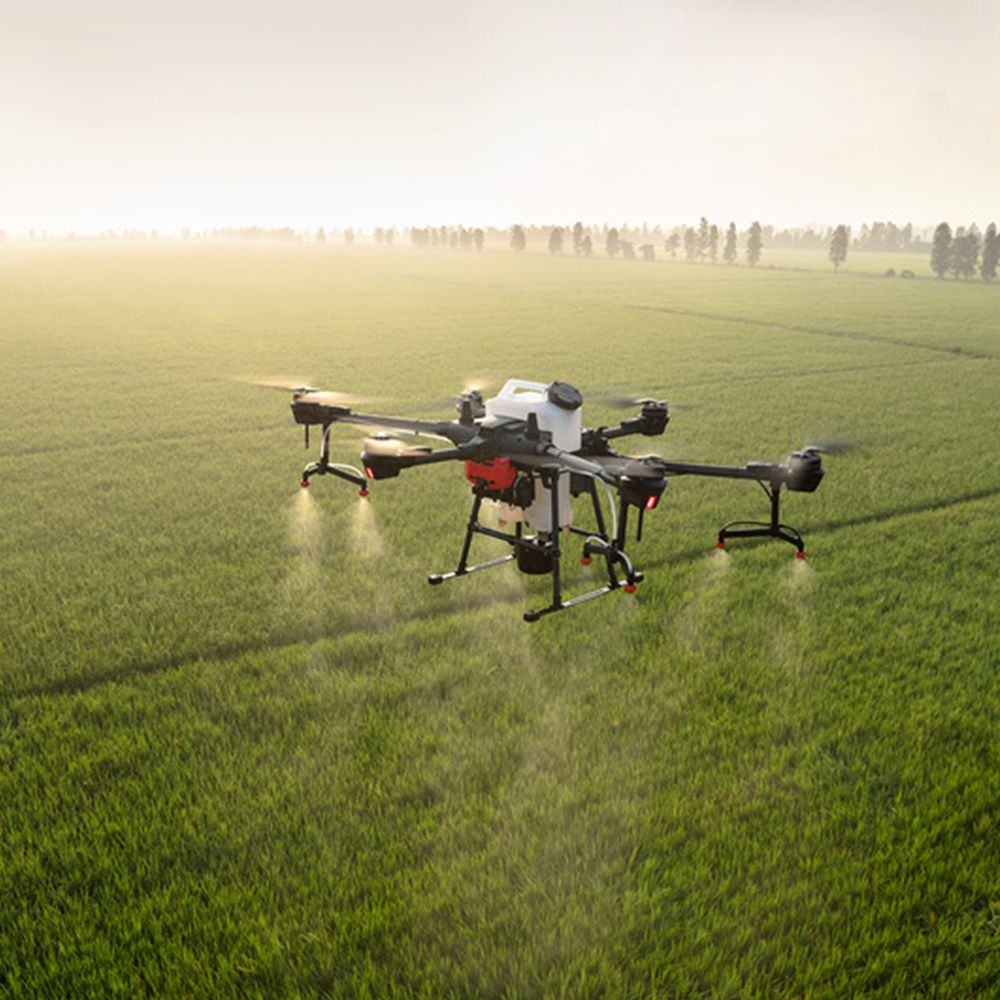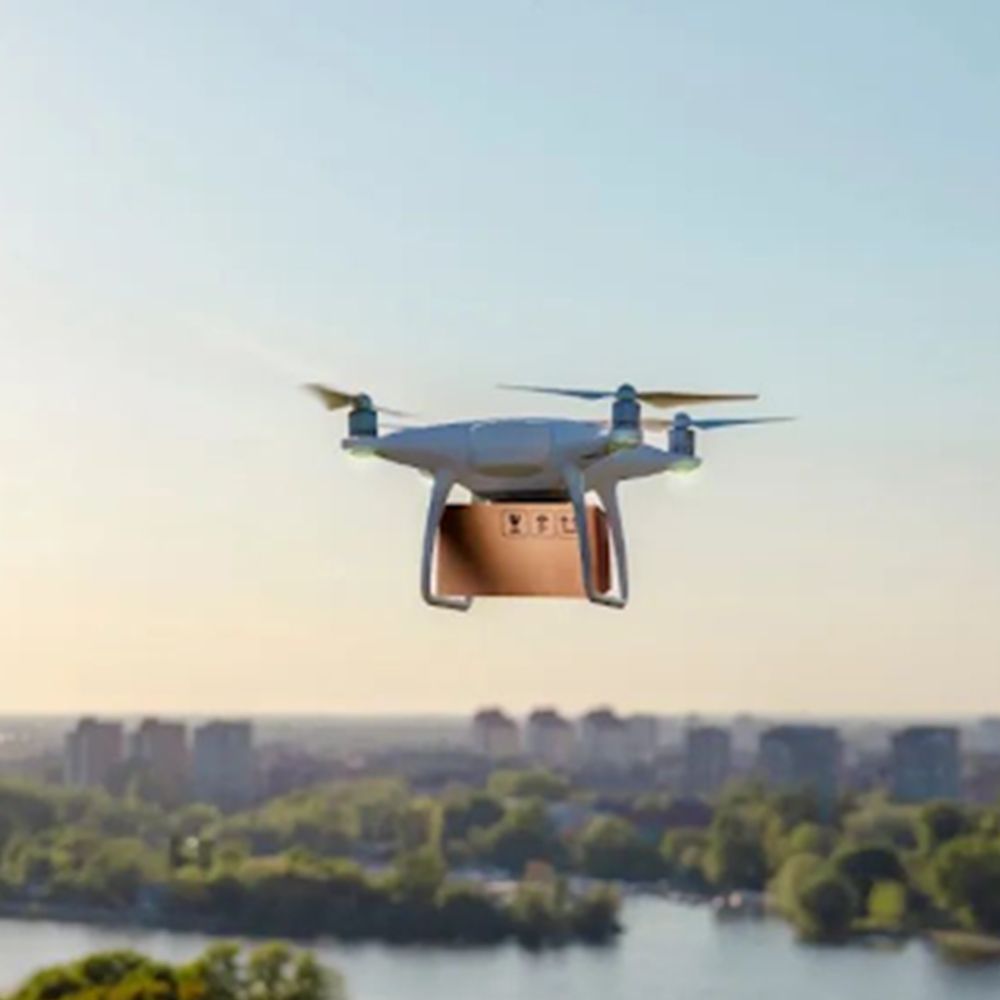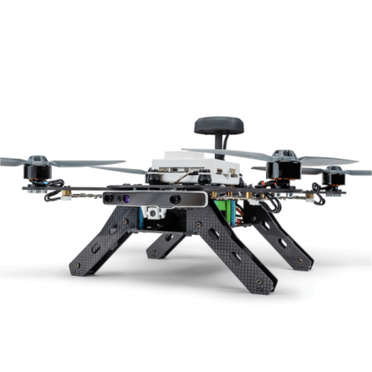Discover how AI-powered UAVs are transforming aviation by flying, navigating, and adapting without human input. Welcome to the future of autonomous drones.
The Rise of UAVs with Complete Artificial Intelligence
Unmanned Aerial Vehicles (UAVs), commonly known as drones, are no longer just remote-controlled flying machines. With the integration of artificial intelligence (AI), many modern UAVs can now operate completely autonomously—without any human intervention.
This leap in technology is reshaping how drones are used in fields like agriculture, surveillance, disaster response, and even delivery services. Instead of being piloted manually, AI-powered UAVs can think, learn, and make decisions on their own.
What Makes These UAVs Truly Autonomous?

Autonomous UAVs combine multiple advanced technologies, including:
- Computer vision for real-time object detection and navigation.
- Machine learning for adapting to changing environments.
- Edge computing to process data instantly onboard.
- Sensor fusion to gather and analyze data from multiple sources like GPS, LIDAR, and thermal cameras.
These systems allow drones to create flight paths, avoid obstacles, perform missions, and respond to unexpected situations—all in real-time.


No Human Needed: From Launch to Landing



Unlike traditional UAVs that need human pilots or pre-set commands, fully autonomous UAVs can:
- Take off, fly, and land without help.
- Make independent decisions during flight.
- Handle emergencies like low battery or bad weather.
- Learn from past flights to improve future performance.
In fact, companies like Skydio og DJI are already introducing drones with advanced AI systems that push the boundaries of what was once thought possible.
Use Cases of Fully Autonomous UAVs


AI-controlled UAVs are already making waves in:
- Search and rescue missions, scanning large areas quickly.
- Smart farming, monitoring crops and spraying pesticides.
- Infrastructure inspection, analyzing power lines or pipelines without risking human life.
- Urban delivery systems, transporting small packages more efficiently.
These real-world applications show how autonomous UAVs can reduce costs, save time, and improve safety.
Challenges Still Remain


Despite their power, fully autonomous UAVs face challenges like:
- Regulatory hurdles in many countries.
- The need for ultra-reliable sensors and backup systems.
- Public concerns over privacy and safety.
However, continued innovation and proper policies can help address these issues over time.
Afsluttende tanker
The future of UAVs is AI-first, pilot-optional. As technology advances, more industries will benefit from drones that fly smarter, not harder. At CAE UJT, we explore how AI and autonomous systems will shape the next generation of aerial solutions.
Want to learn more about nature-inspired drones or advanced UAV features? Check out our blog on bio-inspired drone design.
Facebook: Caeujt
Instagram: caeujt
TikTok: drone7401
Twitter: caeujtdrone





